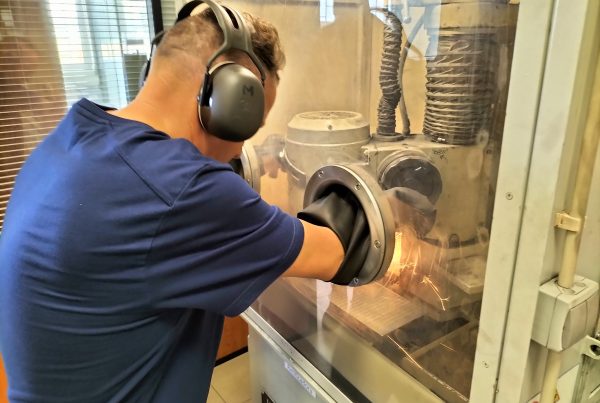Neuroscience is one of the areas of knowledge on which our Motivation Management© methodology is based, which we have been using in Tarazaga for more than 20 years in hundreds of projects developed for leading companies.
The Sorlekua Foundation for Leadership, which we created in 2005, has opted to facilitate the awareness of managers in order to facilitate more effective management, with better results also in the commitment and motivation of the teams, where Neuroscience plays a key role in understanding human and organizational behaviour.
Now, Wharton University has launched the Nano Tools for Leaders initiative to promote the chemistry that must exist between the components of a team through neuroscience.
The experts from the US centre start from the evidence, confirmed by a recent study by Korn Ferry and Harvard, that most teams in the business world are ineffective: because leaders do not know how to achieve collaboration, coordination, and friendship. necessary for teamwork.
Neuroscience has a lot to say in this regard, since when people cooperate with each other, their patterns of neural activity and psychological processes are synchronized.
In line with Tarazaga’s Motivation Management© principles, Wharton’s analysis has found that Emotional Synchrony favours social behaviours, empathy, commitment, and cooperation.
Business leaders can foster the creation of that shared mind by developing seven practices that contribute to that synchronicity:
1) Eye contact. It activates the mirror neuron system and the cerebellum of the people involved.
2) Establish a shared purpose above the personal differences of each team member.
3) Hold deep conversations that encourage discussion of value-based issues.
4) Spending more time together, which increases trust and affection between people, which has an impact on loyalty and commitment rates.
5) Showing appreciation increases feelings of connection on both sides.
6) Using music in meetings increases the oxytocin levels of the participants, improving motivation and the ability to create bonds.
7) Use “chemistry creators”, people whose intervention increases the degree of synchrony of a team.





